Cup Plant
newyorkrita
20 years ago
Related Stories

GARDENING GUIDESGreat Design Plant: Silphium Perfoliatum Pleases Wildlife
Cup plant provides structure, cover, food and water to help attract and sustain wildlife in the eastern North American garden
Full Story
NATIVE PLANTSGreat Design Plant: Wild Bergamot, Friend of Foragers
Nourish butterflies and other winged creatures with the tubular flowers of Monarda fistulosa, a pretty pink native
Full Story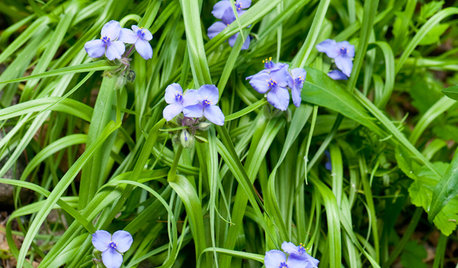
GARDENING GUIDESGreat Design Plant: Tradescantia Ohiensis Adds Shades of Blue
This reliable, adaptable U.S. native provides spider-like foliage and clusters of blue to purple flowers in Eastern gardens each spring
Full Story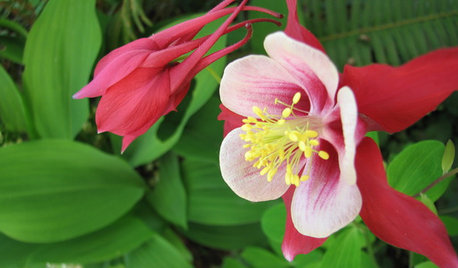
GARDENING FOR BUTTERFLIESGreat Design Plant: Columbine Grows Happily in Shade and Sun
Its ethereal beauty comes from complex forms and wide-ranging colors, but columbine’s benefits are highly attractive too
Full Story
LANDSCAPE DESIGNNative Plants Help You Find Your Garden Style
Imagine the garden of your dreams designed with plants indigenous to your region
Full Story
GARDENING GUIDESWe Bust 4 More Native Plant Myths
Have you been taken in by these fallacies about gardening with native plants?
Full Story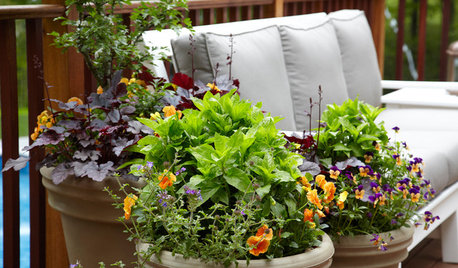
FLOWERS8 Knockout Flowers for a Fall Container Garden
Your cups will overfloweth with color and interest this fall when you plant these vivid seasonal garden classics
Full Story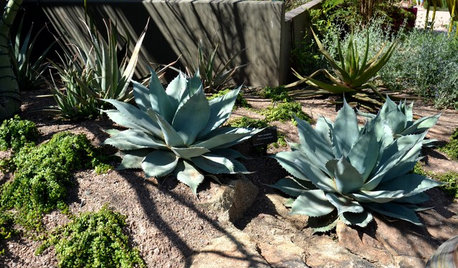
GARDENING GUIDESGreat Design Plant: Agave Ovatifolia
Whale’s tongue agave adds striking beauty to the drought-tolerant landscape with its uniquely shaped leaves
Full Story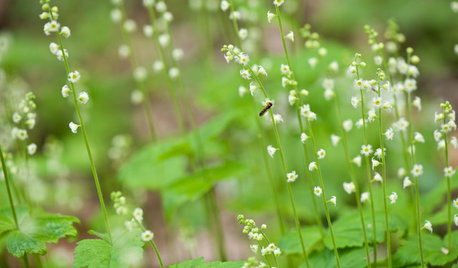
GARDENING GUIDESGreat Design Plant: Mitella Diphylla Provides Snowflakes in Spring
This Eastern U.S. native plant will wow you with its delicate, snowflake-like petals and lacy texture
Full Story
GARDENING GUIDESGreat Design Plant: Grow Blueberries for Their Fruit and More
Eastern gardeners should consider growing blueberry plants for their delicious fruits, bee-friendly spring blooms and brilliant fall foliage
Full StorySponsored
More Discussions






lusina
bospanky
Related Professionals
Sahuarita Landscape Architects & Landscape Designers · Pelham Landscape Contractors · Damascus Landscape Contractors · Downey Landscape Contractors · Indianapolis Landscape Contractors · Kearny Landscape Contractors · Lynwood Landscape Contractors · Peoria Landscape Contractors · Round Lake Landscape Contractors · Eastlake Landscape Contractors · Concord Driveway Installation & Maintenance · Lake Forest Swimming Pool Builders · Montclair Swimming Pool Builders · Pflugerville Swimming Pool Builders · South Riding Swimming Pool Buildersjillmcm
ericwi
newyorkritaOriginal Author
WiValerie
Elaine_NJ6
lycopus
newyorkritaOriginal Author
Bloomingthings
mina
newjerseytea
newjerseytea
newyorkritaOriginal Author
newyorkritaOriginal Author
newyorkritaOriginal Author
newyorkritaOriginal Author
newjerseytea
newyorkritaOriginal Author
newyorkritaOriginal Author
newyorkritaOriginal Author